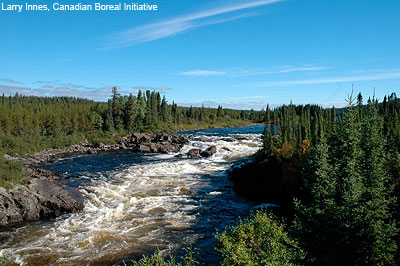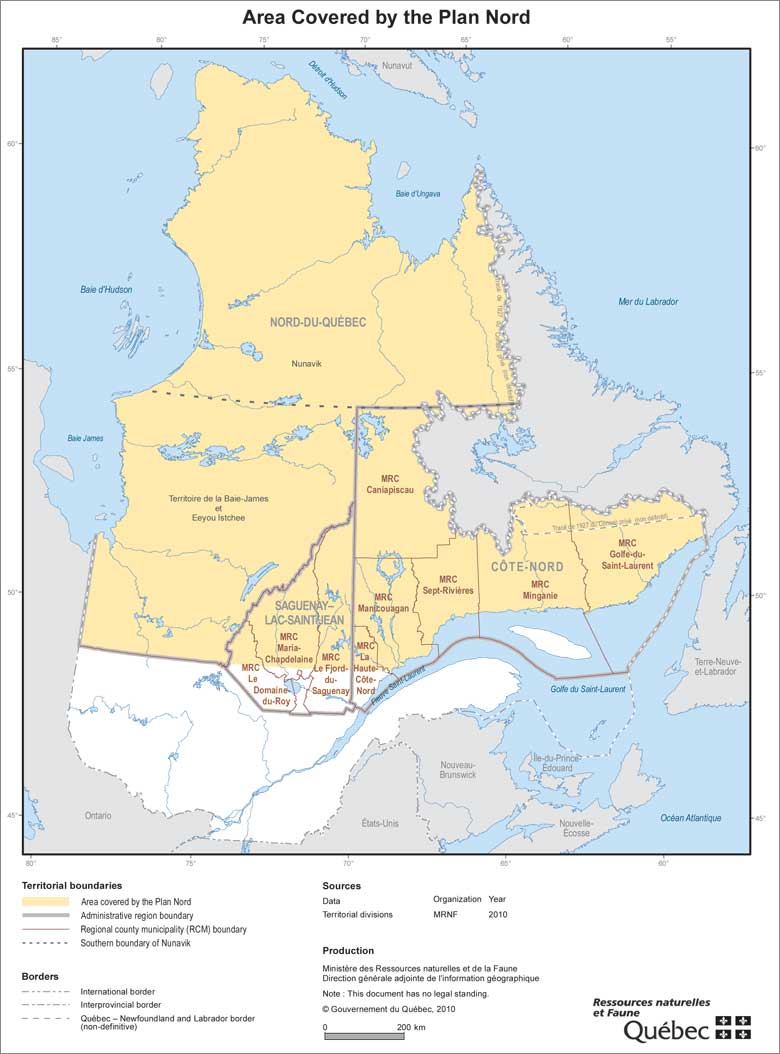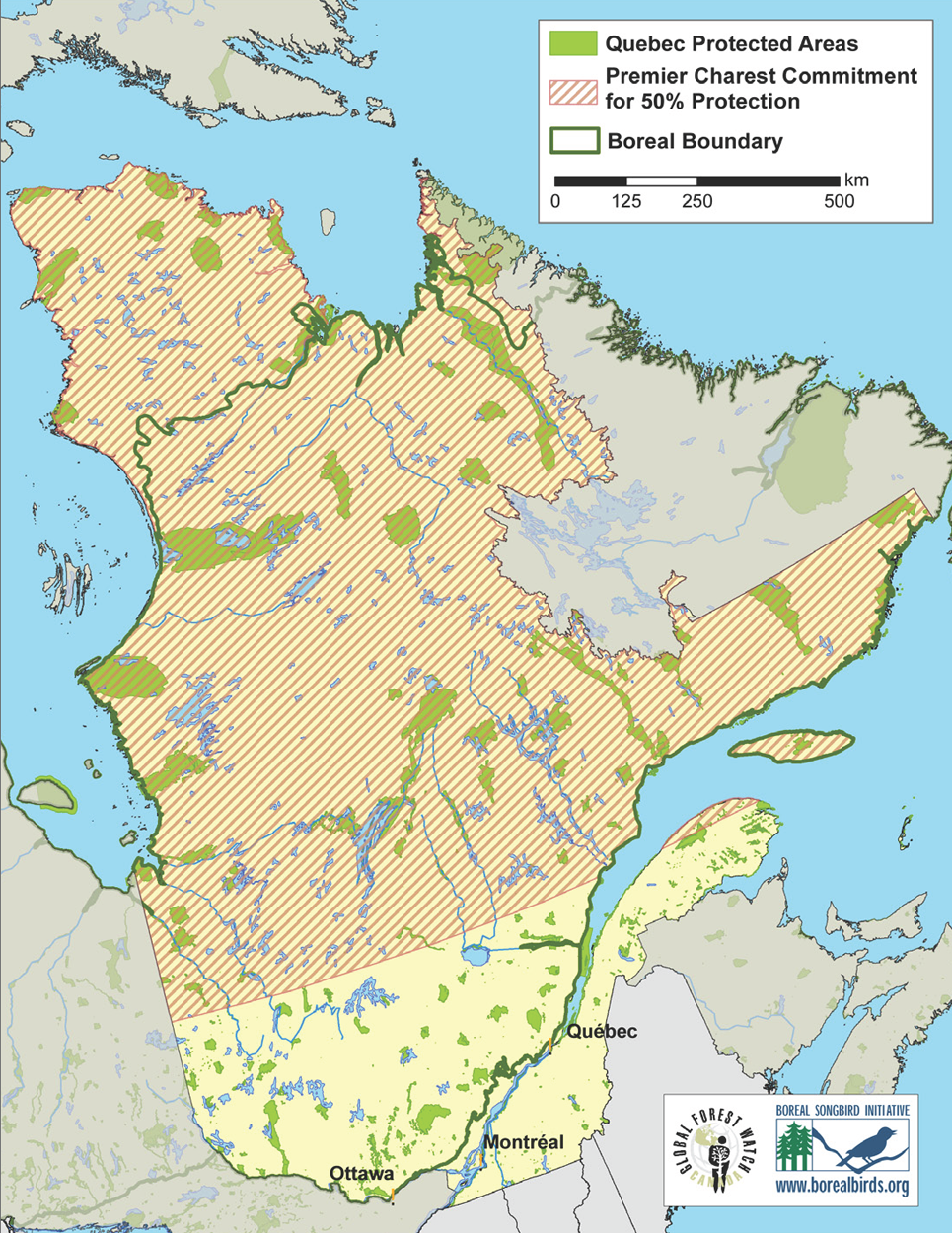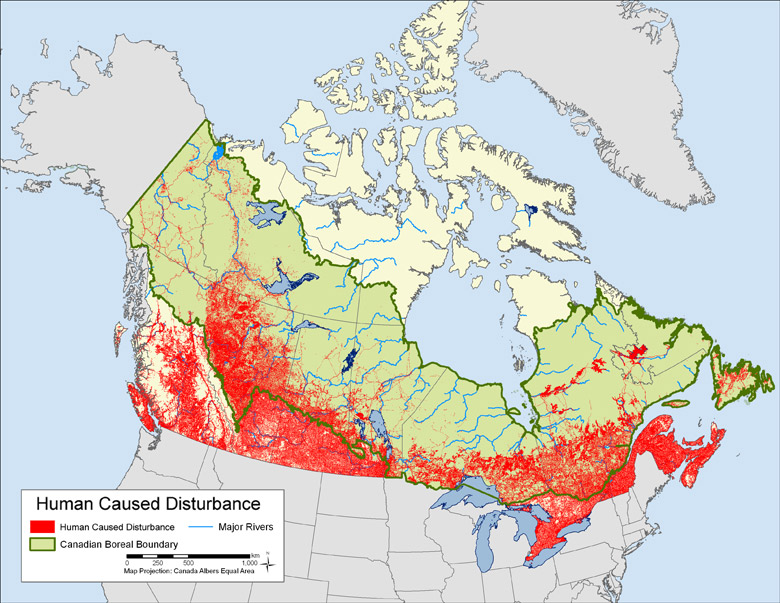Quebec Moves Forward to Protect Boreal Region as Large as France
Pew praises visionary conservation legislation
Mathew Jacobson, manager of the Pew Environment Group's International Boreal Conservation Campaign in Quebec, issued the following statement today after the Quebec government introduced legislation to protect half of northern Quebec – nearly 600,000 square kilometers, an area about the size of France – from all industrial activity. The legislation is a part of Quebec's “Plan Nord,” a sustainable development initiative for the province's nearly 1.2-million-square-kilometer northern forest region (maps). The area is home to a significant portion of the Canadian boreal, the Earth's largest intact forest ecosystem and its largest storehouse of carbon.
“Quebec has introduced legislation today that would create the single largest land conservation initiative in history. If Quebec fulfills its commitment to working in partnership with aboriginal communities and implementing science-based ecological planning, the Plan Nord could create a new global model for sustainable development.”

Background
Legislation introduced in Quebec’s National Assembly today will codify strict protections for half of the province’s boreal territory. Those protections are part of Quebec Premier Jean Charest’s “Plan Nord,” a 25-year policy for Quebec’s boreal region. The plan will set aside half of the province’s boreal territory from all industrial activity; apply sustainable development standards to remaining areas and respect existing rights and treaties with aboriginal communities; and use ecological planning to determine which lands will be protected. The Plan Nord endorses extensive new mining and hydroelectric projects, as well as 80 billion Canadian dollars in public and private investments.
Maps

Map Credit: Quebec Government

Map Credit: Global Forest Watch Canada and Boreal Songbird Initiative

Map Credit: Global Forest Watch Canada






